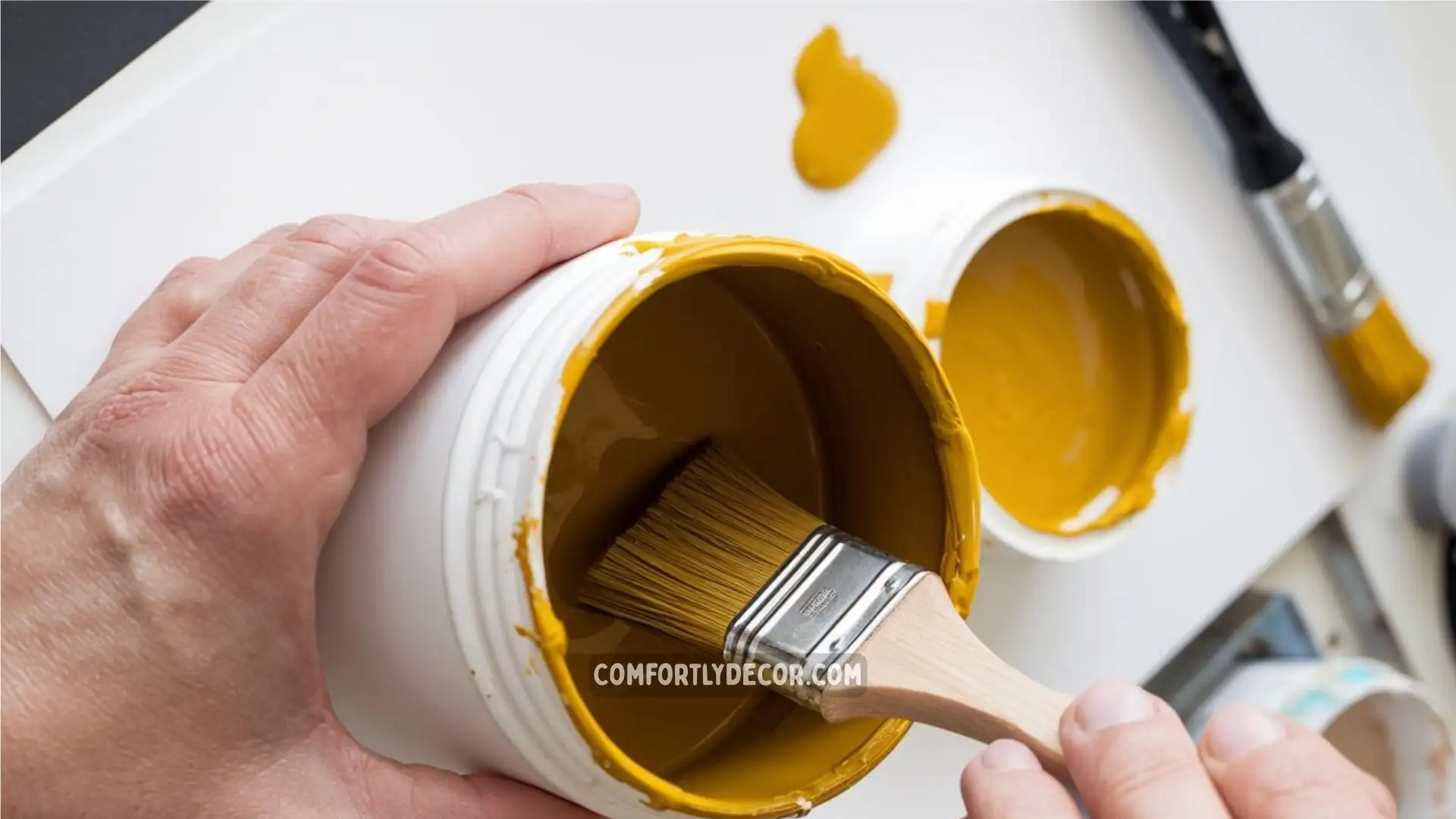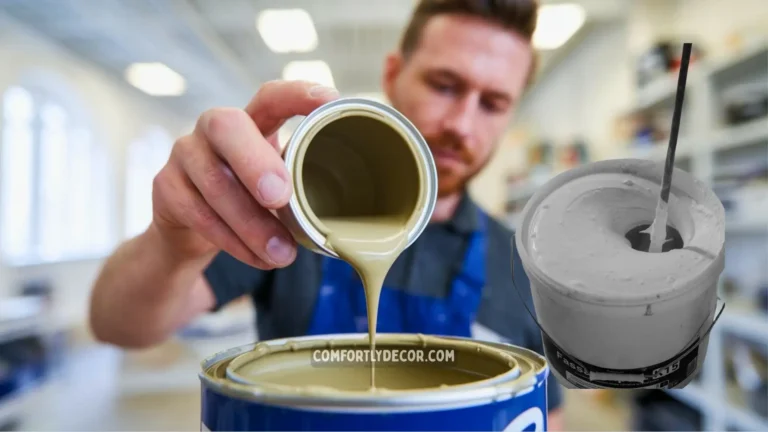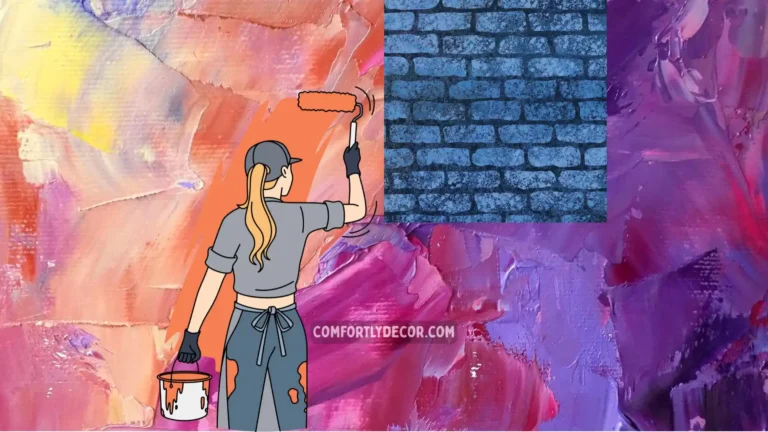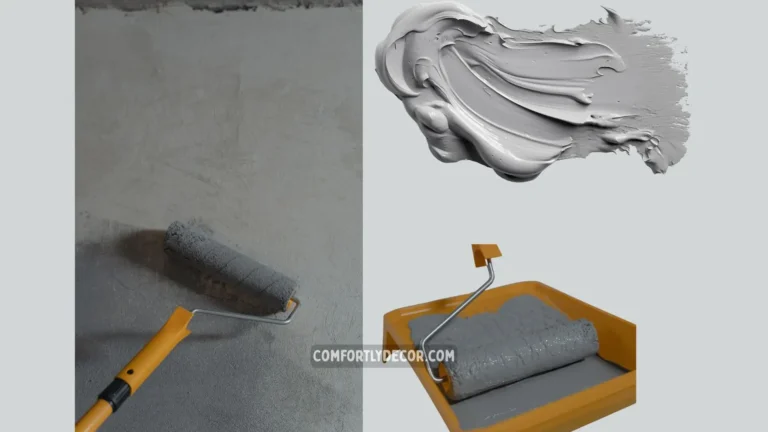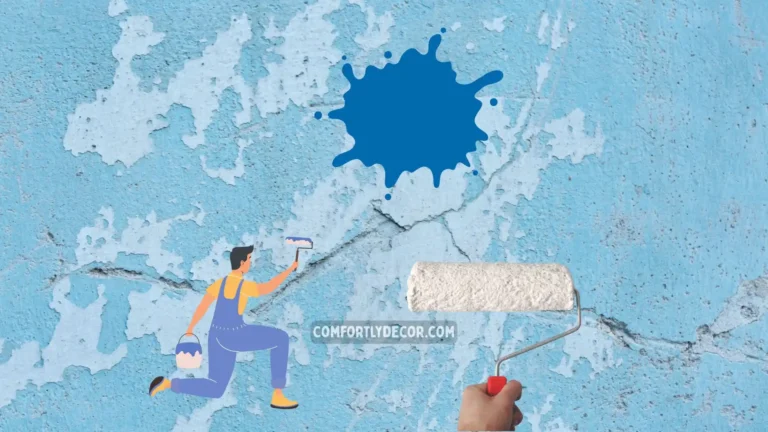How to Make Mustard Yellow Paint Like A Pro
Mustard yellow is a warm, vibrant, and versatile color that has captured the hearts of artists, DIY enthusiasts, and interior designers alike. Its rich, earthy tone can breathe life into any art project, home decor, or craft. But did you know you can create your own custom mustard yellow paint?
This comprehensive guide will walk you through everything you need to know—from the history of mustard yellow to selecting the perfect pigments and mixing your ideal shade.
What Makes Mustard Yellow Special?
Mustard yellow is more than just a color; it’s a mood. Its golden-brown hue evokes warmth and coziness, making it a popular choice in everything from abstract art to rustic farmhouse decor. Whether you’re painting a canvas, revamping a piece of furniture, or designing your living room, mustard yellow brings a comforting yet bold statement.
This guide is here to help you explore the magic of creating your unique version of this versatile shade.
The History of Mustard Yellow and Its Cultural Significance
Mustard yellow carries deep historical and cultural roots.
- Ancient Beginnings: The origins of mustard yellow trace back to natural pigments. Ochre, a natural earth pigment rich in iron oxide, was one of the first sources of mustard yellow and has been found in prehistoric cave paintings.
- Medieval and Renaissance Art: During these periods, artisans created pigments for mustard yellows by crushing plants like wild mustard seeds. Often used in illuminated manuscripts or painted tapestries, it became a color of status in fine art.
- Modern Applications: Today, mustard yellow remains a favorite in modern art, fashion, and interior design. Its ability to blend earthy warmth with sophistication makes it timeless.
The Basics of Making Paint
DIY paint-making is easier than it sounds. Here are the three essential components you need:
- Pigments: These are the primary coloring agents. For mustard yellow, you’ll need a mix of rich, warm, and earthy pigments.
- Binders: Binders, such as acrylic medium or oil, help pigments stick to your surface and provide durability to the paint.
- Additives: These can adjust texture, drying time, or consistency. For DIY beginners, additives like water or natural oils may suffice.
Tip: Higher-quality materials can make a noticeable difference in the vibrancy and longevity of your paint.
Choosing Pigments for Mustard Yellow
Achieving the perfect mustard yellow begins with selecting the right pigments. Here’s what we recommend:
- Warm Pigments:
- Cadmium Yellow: This rich and warm yellow lays the foundation for a mustard hue.
- Yellow Ochre: Adds that earthy undertone that defines mustard yellow.
- Cooler Pigments:
- Naples Yellow: Provides a cooler, softer yellow tint for adjustments.
- Burnt Sienna: Introduces slight reddish tones for a deeper, complex hue.
These pigments can be purchased in powdered form for DIY paint-making or as pre-mixed paints for convenience.
Step-by-Step Guide to Creating Mustard Yellow Paint
Here’s how to mix, blend, and achieve your ideal mustard yellow.
Step 1: Start with a Base Yellow
Begin with your base pigment of cadmium yellow or yellow ochre. Add a small amount of binder to your pigment and mix into a smooth consistency.
Step 2: Add Red for Warmth
Slowly add a tiny amount of red (like burnt sienna) to create depth. Mix thoroughly and watch the color begin to shift closer to mustard yellow.
Step 3: Introduce Blue for Balance
A very small amount of blue can balance the richness of your color by muting any overly orange tones. Be cautious here; too much blue will create green hues.
Step 4: Adjust as Needed
Continue adding your pigments in small increments and mix until you reach your desired shade.
Experimenting With Tints and Shades
One of the joys of creating your own paint is adjusting its tone to suit your project.
- Creating Tints: Add white to your mustard yellow mix for a lighter, more pastel-like tone. This variation is perfect for subtle, airy designs.
- Adding Shades: For a more dramatic and moody look, blend in a touch of black. A little goes a long way, so proceed gradually.
Pro tip: Keep a notepad handy to record the exact proportions of pigments for future reference.
Storing Your Homemade Paint
Maintaining the vibrancy of your mustard yellow paint is simple:
- Pour your paint into a clean, airtight container to prevent drying.
- Store it in a cool, dark place, away from direct sunlight or intense heat.
- Stir well each time you use it to recombine any separated components.
Properly stored paint can last for months!
Why Make Your Own Mustard Yellow Paint?
Wondering why you should go through the effort of making your paint rather than buying it? Here are a few reasons:
- Custom Shades: Create precisely the hue you need for any project.
- Cost-Effectiveness: Making your own paint can save money, especially for large projects.
- Creative Freedom: Adjust colors on the fly and experiment to find your unique style.
FAQs
Bring Your Vision to Life
Creating your own mustard yellow paint is a rewarding process that brings personalization and originality into every brushstroke. Whether painting, designing, or crafting, your custom mustard yellow will add a touch of warmth and individuality.
Once you’ve perfected your mix, don’t keep it to yourself! Share your creation with the world, and if you’re stuck, revisit this guide for inspiration.

I am Mindy Medford, a home décor, paint, and design specialist with over a decade of hands-on experience transforming ordinary spaces into cozy, personality-packed havens. Since 2013, I have been helping homeowners discover the art of beautiful yet practical design. I share my love for color, texture, and layout—making stylish interiors & exteriors feel achievable for everyone. Whether it’s picking the perfect paint shade or reimagining a small space, I’m here to guide and inspire.

